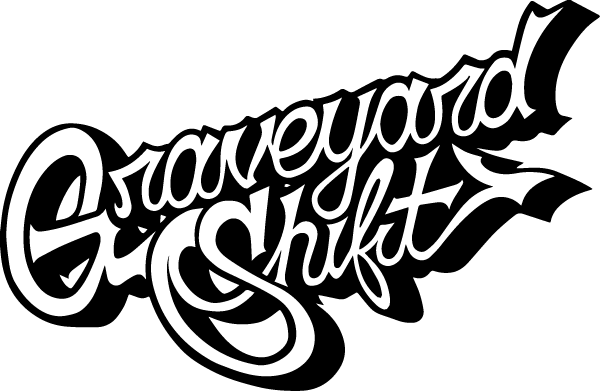Politics and Fashion: A Dynamic Duo Making Waves Again
In an age where the lines between different domains blur more every day, fashion and politics have proven to be a particularly potent combination. The recent Democratic National Convention (DNC) is a testament to how these two spheres can come together to create a powerful narrative. From Michelle Obama's stunning outfit to the sartorial choices of the Biden and Emhoff families, fashion made just as many headlines as the policies discussed. Let's delve into how politics and fashion are once again making waves and how this synergy is impacting culture and society.
The Historic Relationship Between Politics and Fashion
Fashion has always played a significant role in politics, long before the advent of modern media. Political leaders have historically used their wardrobe choices to make statements, convey solidarity, and connect with the public. For instance:
- Abraham Lincoln’s stovepipe hat became a symbol of his unique character and leadership.
- Jackie Kennedy’s pillbox hats and tailored suits redefined elegance in political circles during the 1960s.
- Barack Obama's tan suit, though controversial, made a bold statement about breaking away from tradition.
In modern times, the visibility of political figures through social media and 24-hour news cycles has intensified the impact of their fashion choices. Beyond mere aesthetics, these choices reflect deeper values and ideologies, capturing the essence of movements and historical moments.
Michelle Obama: A Fashion Icon at the DNC
Michelle Obama has consistently been at the intersection of fashion and politics. At the 2024 DNC, she stole the show once again, highlighting the power of fashion as a form of expression. Her outfit was much more than just a fashion statement; it was a message of resilience, hope, and dignity.
Wearing a sleek, navy blue ensemble, Michelle exuded confidence and poise. Here’s why her choice of attire resonated so profoundly:
- Color Symbolism: Blue is traditionally associated with the Democratic Party and carries connotations of trust, peace, and loyalty.
- Minimalist Elegance: The simplicity of her outfit accentuated her words and presence, allowing her message to shine through.
- Empowerment through Fashion: Her choice of a renowned Black designer underscored the importance of diversity within the fashion industry.
In a world increasingly aware of the subtleties of fashion, Michelle Obama uses her wardrobe to speak volumes without uttering a word.
The Biden and Emhoff Families: Complementary Styles
The Biden and Emhoff families have also used fashion to their advantage, showcasing unity and modernity. Their meticulously chosen outfits reflect their commitment to inclusivity and progress.
Jill Biden
First Lady Jill Biden is known for her graceful and approachable style. At the DNC, she wore a soft pastel outfit, signifying openness and accessibility. Her sartorial choices often include:
- Bold Patterns: Unafraid of standing out, Jill often chooses patterns that suggest vibrancy and liveliness.
- Sustainable Fashion: Jill is a proponent of sustainable fashion choices, often re-wearing outfits to promote eco-friendly practices.
Doug Emhoff
The Second Gentleman Doug Emhoff, too, has carved out his niche in the realm of political fashion. His choices are often subtle yet impactful:
- Classic Suits: Emhoff often opts for timeless, well-tailored suits, emphasizing reliability and confidence.
- Thoughtful Accessories: His choice of simple yet elegant accessories often subtly nods to the importance of thoughtful details in leadership.
The Biden and Emhoff families, through their harmonious yet distinct styles, mirror the Democratic Party’s values of unity and diversity.
The Cultural Impact of Fashion in Politics
The synchrony of fashion and politics extends beyond just the individuals wearing the clothes; it ripples through society, influencing public discourse and even voter perceptions. Several factors contribute to this phenomenon:
- Representation: Fashion choices by political figures offer a platform to underrepresented designers and artists.
- Public Engagement: Eye-catching outfits can draw public attention and boost engagement with political events.
- Subtle Messaging: Wardrobe choices can subtly reinforce political messages and ideologies.
In essence, the garments worn by political figures are far more than pieces of fabric; they are instrumental in shaping societal attitudes and fostering a sense of identity and belonging among supporters.
Conclusion: The Continual Evolution of Political Fashion
As we look ahead, it is clear that the relationship between fashion and politics is not only enduring but evolving. With every passing year, political figures are becoming more astute in recognizing the power of their sartorial choices.
The recent Democratic National Convention is a reminder of how this synergy continues to shape our world. From Michelle Obama's impactful ensemble to the cohesive styles of the Biden and Emhoff families, fashion is more than a statement – it’s a force.
In a rapidly changing world, one thing remains constant: the dynamic duo of politics and fashion will continue to make waves, influencing all aspects of our lives. Their collaboration isn’t just about looking good; it’s about making history.

